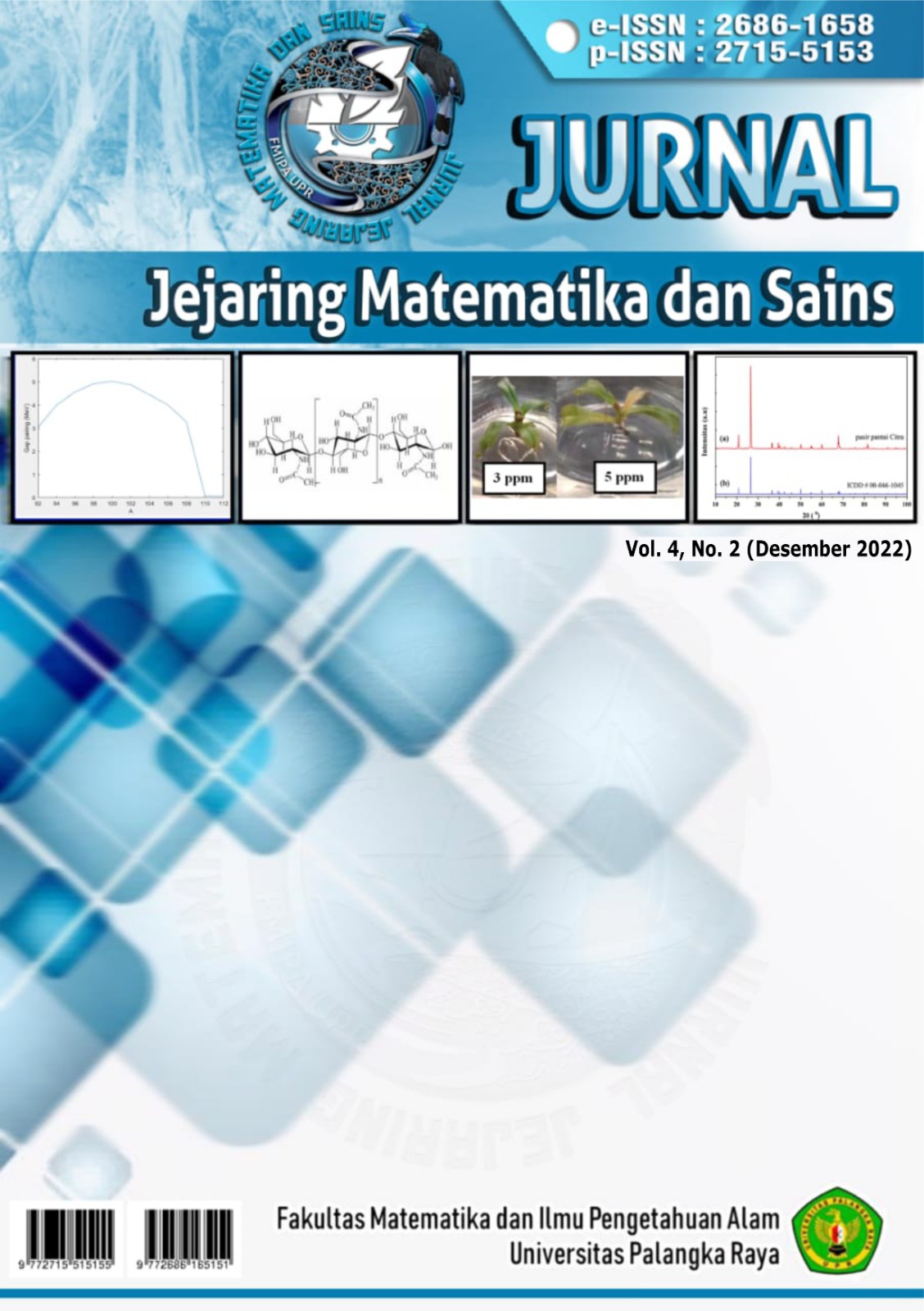Pemurnian Gliserol
DOI:
https://doi.org/10.36873/jjms.2022.v4.i2.706Keywords:
Gliserol, asidifikasi, adsorpsi, distilasiAbstract
Glycerol is an alcoholic trihydrate which is hygroscopic. Glycerol can be obtained in several ways, namely hydrolysis of triglycerides to produce fatty acids and glycerol, saponification reactions of oils with alkaline bases to form alkali salts and glycerol, and trans-esterification reactions with alcohols to produce alkyl esters and glycerol. The glycerol obtained from the by-product of the reaction still contains a lot of impurities, so it needs to be purified so that the glycerol produced has a higher value. There are several ways to purify glycerol, including the acidification, which is adding strong acid to crude glycerol to bind the remaining base from the glycerol, the adsorption, which is the removal of impurities in the glycerol, and the distillation to evaporate the remaining methanol and water in the glycerol.
Downloads
References
Aufari, M.A., Robianto, S., Manurung R. (2013) ‘Pemurnian Crude Glycerine Melalui Proses Bleaching Dengan Menggunakan Karbon Aktif’, Jurnal Teknik Kimia USU, 2, pp. 44-48.
Aziz, I., Nurbayti, S., Luthfiana, F. (2017) ‘Pemurnian Gliserol Dari Hasil Samping Pembuatan Biodiesel Menggunakan Bahan Baku Minyak Goreng Bekas’ Jurnal Kimia VALENSI, pp. 157-162.
Chamidy, H.N. (2012) ‘Pemurnian Gliserin Dari Produk Samping Pembuatan Biodiesel’, Industrial Research Workshop and National Seminar, pp. 355-359.
Mardaweni, R., Setyaningsih, D., Rusli, M.S. (2017) ‘Pemurnian Mono-Diasilgliserol Hasil Esterifikasi Palm Fatty Acid Distillate dan Gliserol Dengan Ekstraksi Pelarut Saponifikasi dan Distilasi Molekular’ Jurnal Teknologi Industri Pertanian, 2, pp. 192-199.
Nadir, M., Marlinda (2013) ‘Peningkatan Kadar Gliserol Hasil Samping Pembuatan Biodiesel Dengan Metode Adsorpsi Asam Lemak Bebas (ALB) Menggunakan Fly Ash’, Konversi, 2, pp. 51-58. doi: 10.20527/k.v2i2.69.
Naimah, S., Ratnawati, E. (2010) ‘Pemisahan dan Pengambilan Kembali Gliserol dari Hasil Samping Pembuatan Biodiesel Berbahan Baku Kelapa’ Jurnal Kimia dan Kemasan, 2, pp. 62-66.
Novitasari, D., Ratnasari, D., Setyawardhani, D.A. (2012) ‘Pemurnian Gliserol Hasil Samping Pembuatan Biodiesel’ Ekuilibrium, 1, pp. 13-17.
Prakoso, T. (2007) ‘Pemurnian Gliserin Hasil Samping Produksi Biodiesel’ Konferensi Nasional 2007, pp. 267-275.
Wernke, M.J. (2014) ‘Glycerol’, Encyclopedia of Toxicology, pp. 754-756. https://doi.org/10.1016/B978-0-12-386454-3.00510-8.
Wurzel, K.A. (2005) ‘Glycerol’, Encyclopedia of Toxicology, pp. 449-451. https://doi.org/10.1016/B0-12-369400-0/00457-9.
Yeong, S.K., Idris, Z., Hassan, H.A. (2012) ‘Palm Oleochemicals in Non-Food Applications’, Palm Oil, pp. 587-624.https://doi.org/10.1016/B978-0-9818936-9-3.50023-X

Downloads
Published
How to Cite
Issue
Section
License
Copyright (c) 2023 Jurnal Jejaring Matematika dan Sains

This work is licensed under a Creative Commons Attribution-NonCommercial-ShareAlike 4.0 International License.
















